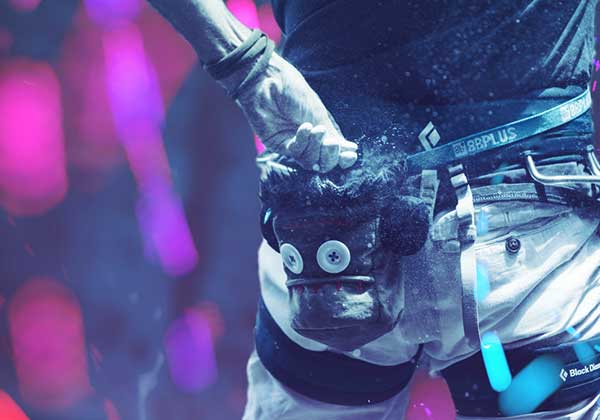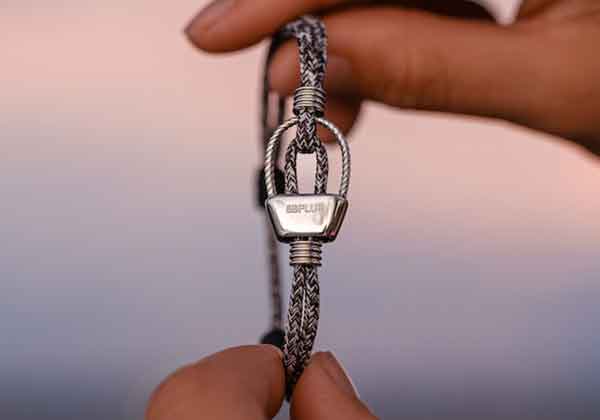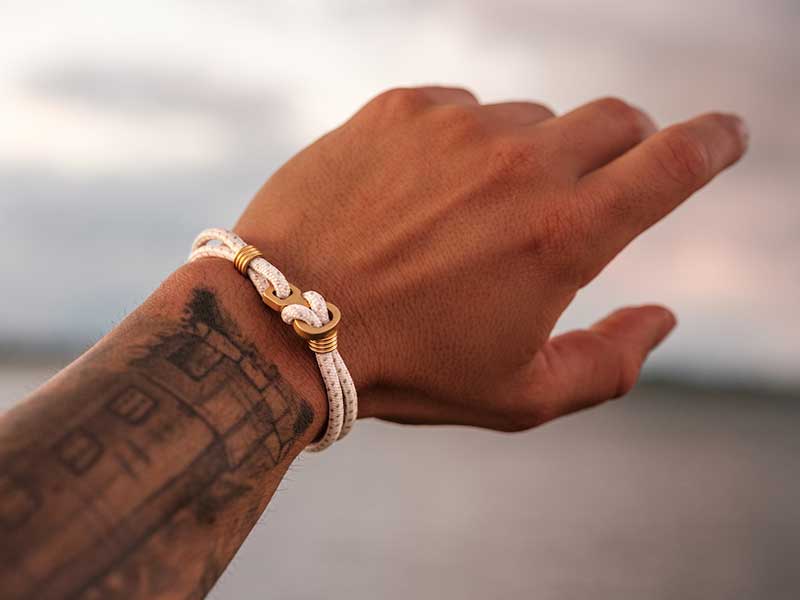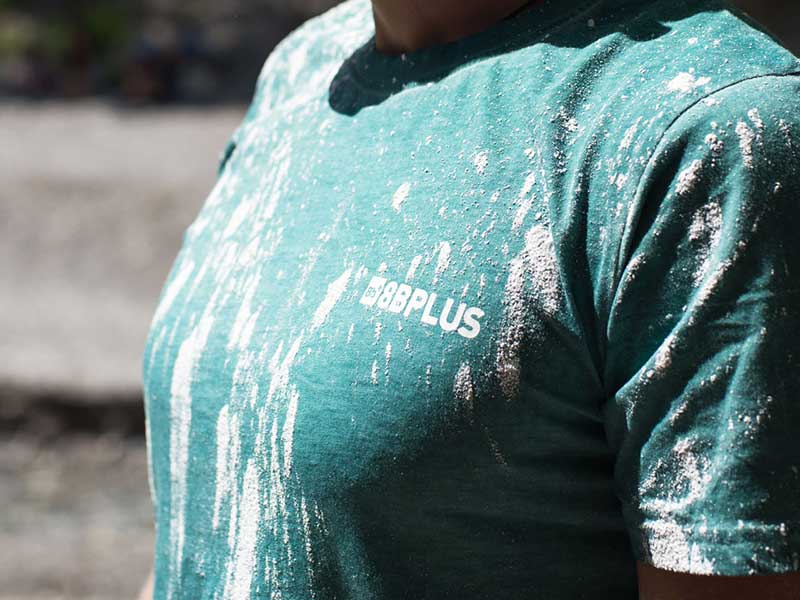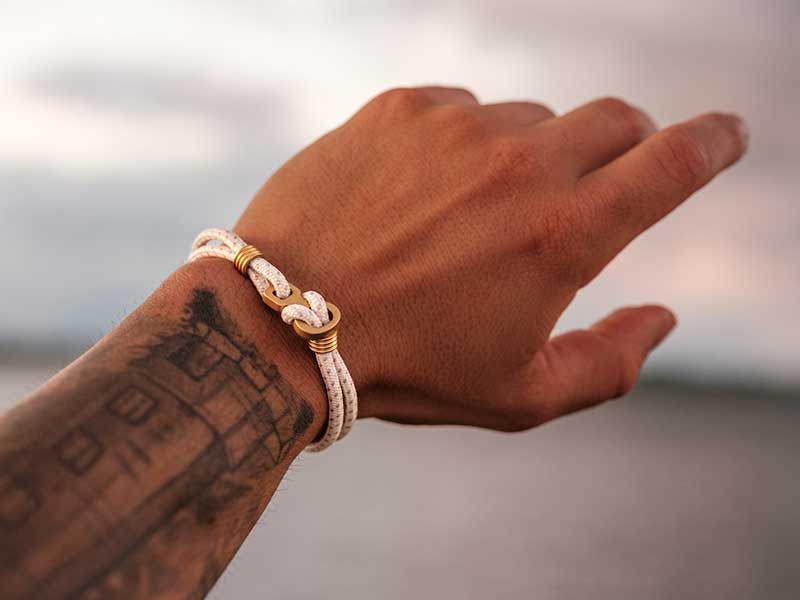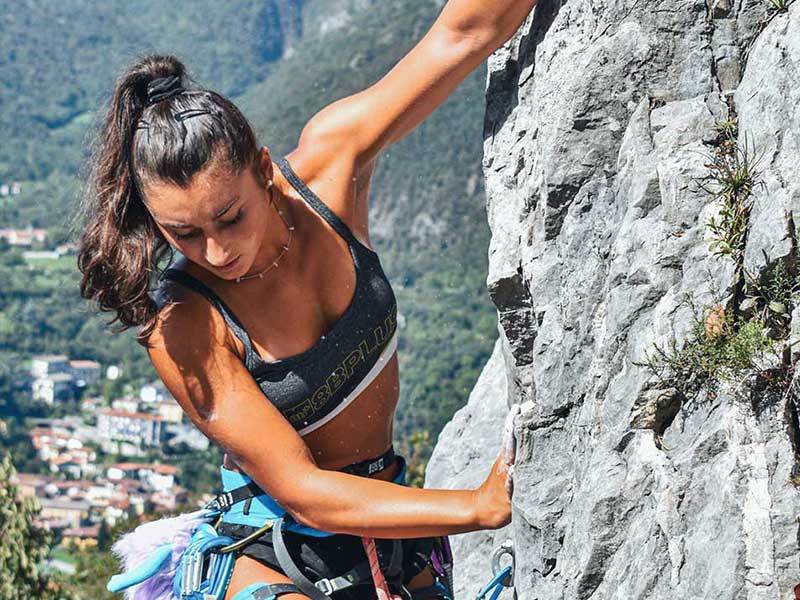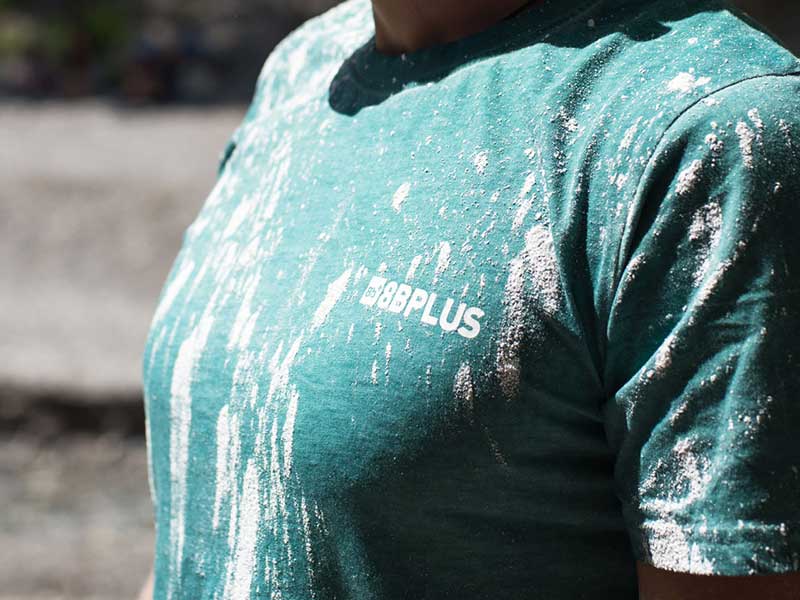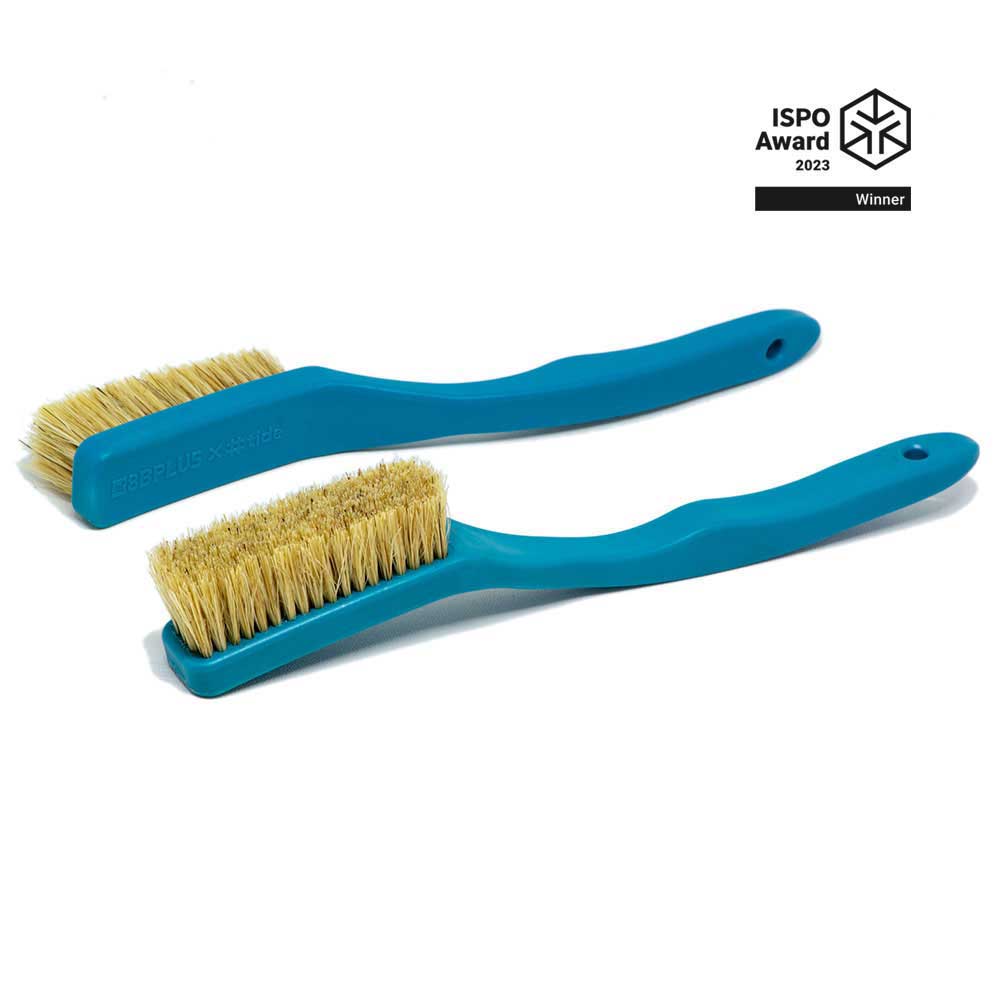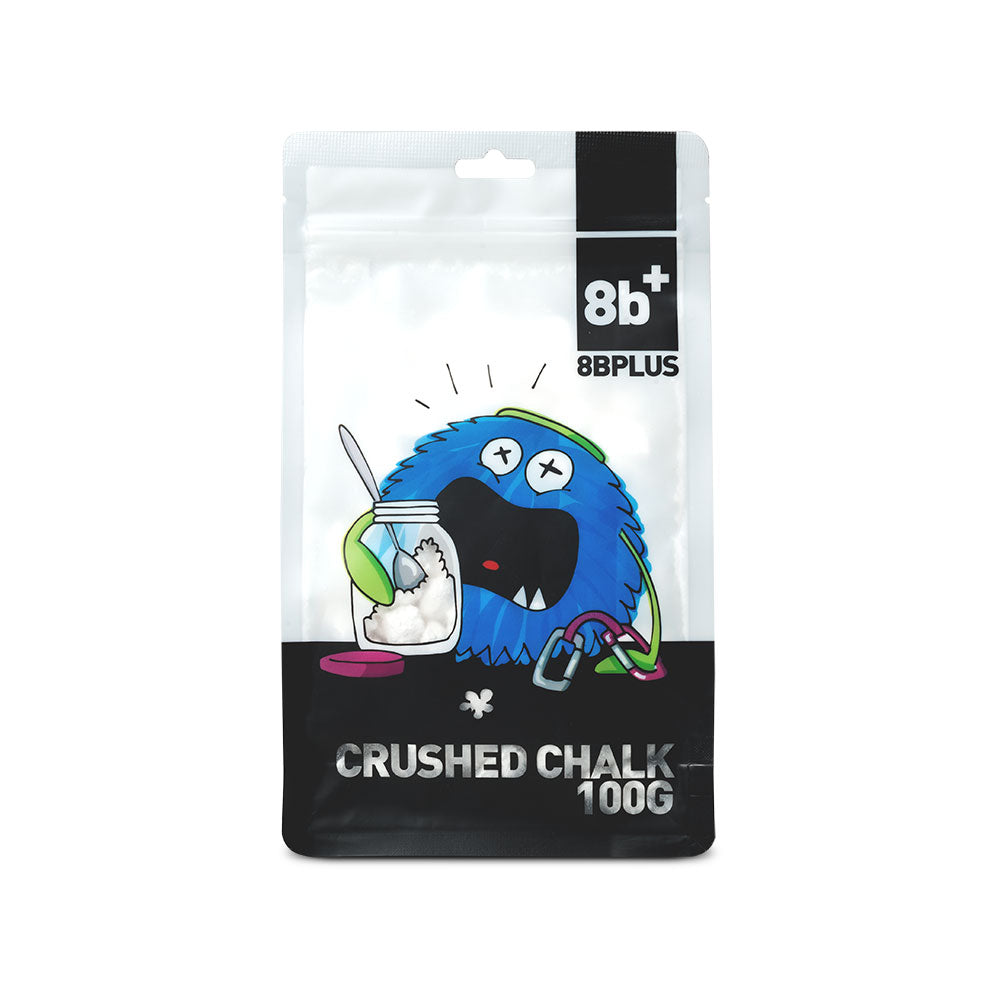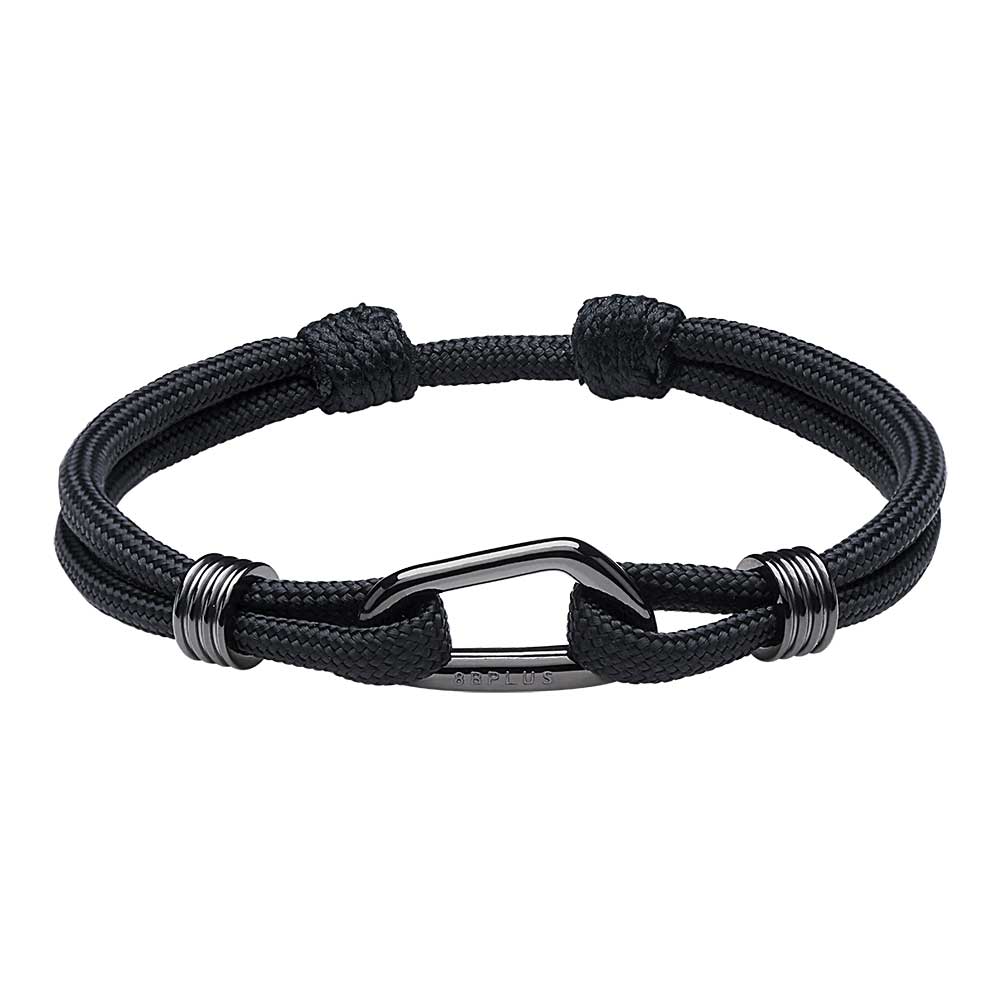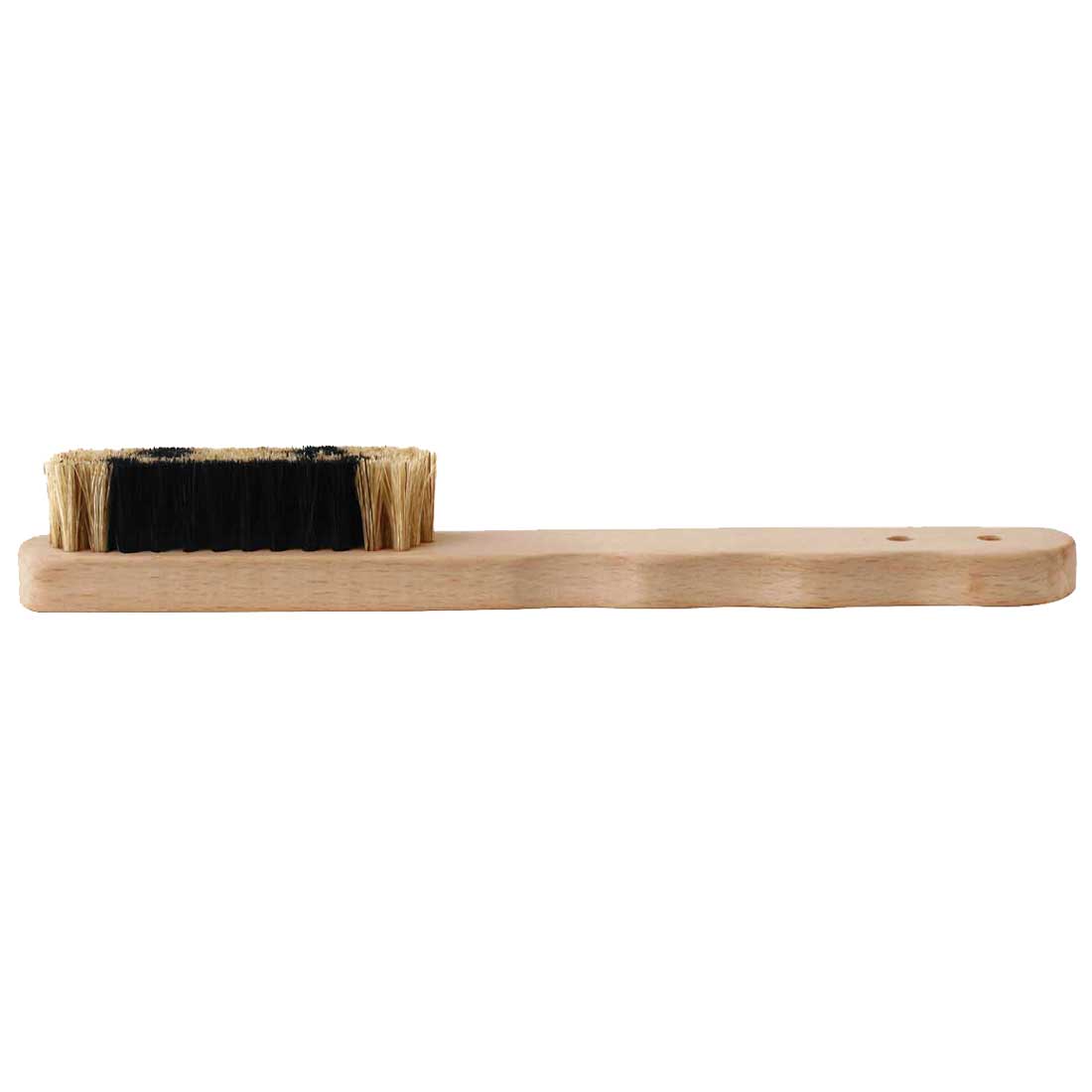
Leo’s Climbing Injury Prevention Basics
MAX the chalk abg isn’t the king of the rocks for nothing. He’s fast, strong and has mastered all safety aspects of climbing.
Most people have concerns about how safe rock climbing is. Rock climbing is inherently risky and may result in severe injury.
On the flip side, rock climbing is extremely rewarding and fun with proper instruction for sports injury prevention and proper etiquette. Leo will agree.
Read Leo’s tips below to learn all the safety aspects it takes to be inside of an indoor rock climbing gym or go outside climbing.
Many are the times you hear comments like “sports climbing is dangerous” or “I don’t want to get hurt.” It might be dangerous to a certain degree if you don’t foster good habits.
Good Habits to Avoid Possible Injury
The first is that you have to cut or trim your fingernails regularly. It is easier to grip on holes and rocks with short nails. Since you will be jamming your fingers when you make dynamic moves, if your nails are too long, you’ll break them and end up hurting yourself.
The second good habit is to downclimb when bouldering. Bouldering walls and climbing gyms can be very high. Even though there are thickly padded floors below, there is still a chance of spraining your ankles when you jump down. Also, the impact is bad for your knees and may cause injury in the long run.
Climbing down may not be as fun as climbing up, but you have to take care of your knees and ankles to enjoy sports climbing and climb longer.
The third habit you should have is to open your hand when you are gripping holes. Opening hands means gripping holes with the entire fingers in contact with the hold or rock. Avoid the full crimp grip because it involves only your fingertips are in contact with the hold. Although you can generate more strength with a full crimp, there have been incidences of people popping their finger tendons while fully crimping and not being able to climb again.
Another thing that you should practice is to have is lower limits and don’t climb too hard. When your arms are all sore, stop climbing. Don’t try to do something that you usually can’t do. Your body gives you signals, and if you ignore them, you will be more prone to injury.
Some of the basics of safety rules and aspects regarding rock climbing are discussed below.
Best Practices For Sports Injury Prevention
First off, make sure to pay close attention to everything you’re doing. You need to double and triple check every aspect of your system. You need to inspect your gear regularly and know how to use it. You should know how to use your knot, your harness, and belay device.
You ought to make sure the ground anchor is tight and locked; the belay harness is on correctly, close-fitting on your body and closed; and all knots on the climber are tied correctly.
Also, make sure that the people that you’re climbing with even are approaching safety the same way that you need to.
There’s no way to minimize all the risks in any situation regarding climbing, but the best you can do is to reduce those risks from happening because accidents will always happen.
You need to have a backup plan for how you’re going to handle them. When they come up, you want to be sure to have a first aid kit handy. Know what to do in an emergency and how you’re going to handle any situation that comes up.
Ensure that you communicate appropriately with the people that you’re climbing with.
The Bottom Line
With these instructions and the proper use of these tools, rock climbing can be very rewarding and safe.
You can never completely remove all the risk associated with any aspect of climbing.
However, if you minimize your risk as much as possible with sports injury prevention practices, you will lower the chance of having a severe injury while climbing.
Engage in sports climbing very safely, efficiently and enjoy yourself when indoor climbing or climbing outside.


